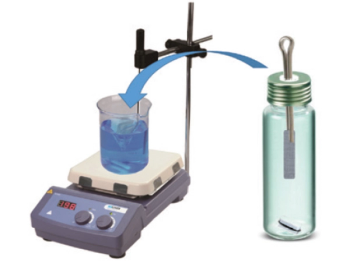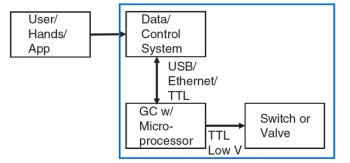
Reversed-phase LC–MS has limitations in numerous analytical applications. Alternative MS-compatible chromatographic techniques separate analytes in the liquid phase based on different retention mechanisms compared with reversed-phase LC. This article describes these alternative chromatographic approaches, relevant applications, and the future of these techniques.




